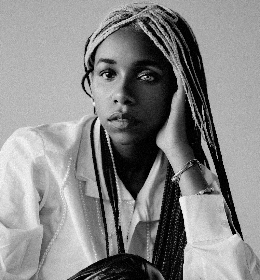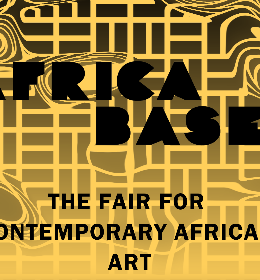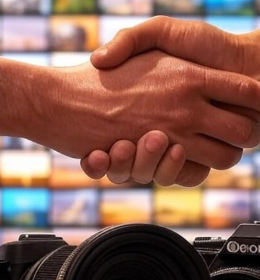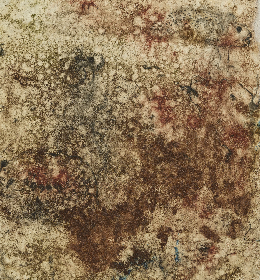Socialist leader Edi Rama is famed for turning post-communist Tirana into a colourful network of painted facades, a visual manifestation of his aspirational hopes for a new, European Albania. More notably still, almost entirely simultaneously to his political career, he creates colourful drawings that have been shown not only in Venice but also at London’s Tate among other institutions.
“My office table is my atelier,” he tells one interviewer. His parliament office walls are covered in a hotchpotch of A4 drawings, the size of the official documents that he doodles over while working. The term ‘doodles’ seems to be ardently contested when describing his work, “Doodles is the wrong term,” writes Anri Sala commenting upon his seminal New York exhibition at the prestigious Marian Goodman Gallery, “Drawings they certainly are, but, like a saxophonist’s, these are true improvisations.”
Clearly the art world takes Rama seriously, but is this side gig any more for the Prime Minister than good PR, a fun fact that appeals to the public’s imagination? In a recent article, Albanian writer Vincent W.J. van Gerven Oei solicits another story to be told. “We are still waiting for the moment the international art press will shift its attention from Rama’s wallpaper and doodles to the actual “political canvas” this man has been painting in Albania.”

Inversion - Creating Space where there appears to be None, 2012/2012, Colored pencil and crayon on paper, Japanese paper No 18592 — © Marian Goodman Gallery
Rama is without a doubt personable. As he walked with ease through the small cinema in the Centre Pompidou on Thursday for the screening of a new documentary, Tranzicion Art and Power in Albania by Italian director Giuseppe Schillaci, he shook hands and shot smiles at the full screening room. Rama was a bonafide, practicing artist living in Paris until 1998 when he returned to Albania to become Minister for Culture. He is still represented by Michael Schultz Gallery in Berlin and Beijing and has exhibited at the Sao Paulo Biennial, Haus der Kunst in Munich and the Musée d’Art Contemporain in Montreal.
He is charming, softly spoken and exudes an air of competence. Many also see him to be doing good work in government; his colourful buildings and 550,000 trees his administration planted correlated to falling crime rates and an increased tax collection rate and he was re-elected earlier this year in a landslide election which saw him obtain 48% of the vote. Yet he is not without his critics. Gerven Oei holds Rama responsible for an Albania plagued by “concrete-covered archaeological treasures, natural reserves exploited by oligarchs for enormous profits, and a collapsing political system,” while critics Alexxa Gotthardt and Scott Indrisek described his artworks to be akin to “the sketchbook experiments of a particularly talented collegiate stoner.” (A comment picked up upon by Gerven Oei in his article).
So what is really at stake when we talk about Art and Power in Albania? Tranzicion is billed as a story “based on the artistic evolution of the last decades, the film tells the history of Albania, from the communist dictatorship – one of the world’s most closed regimes – to its frenetic transition towards capitalism and its recent application to the European Community.” While Rama ends up coming off quite well in the film, appearing as the energetic, young Prime Minister, opening up artistic freedoms and decorating his official office with quirky cut outs, there is an undercurrent that divulges a more insipid scepticism for what we could call Rama’s color (as opposed to white) washing, against the current political climate.
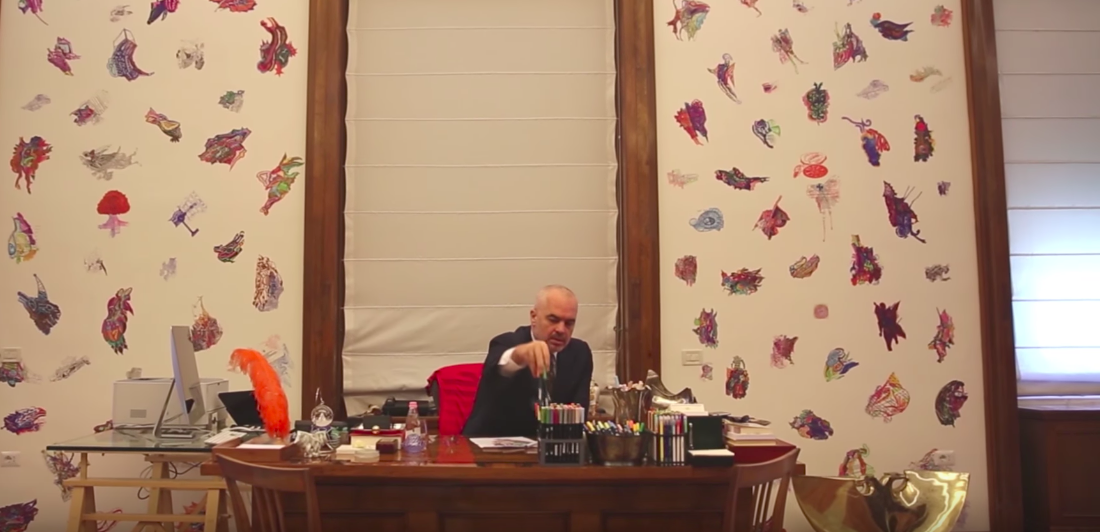
Biennale Arte 2017 - Edi Rama
Gerven Oei raises another important point pertaining to the opacity of information surrounding political processes in Albania. What can we say about the linkage between Art and Power when, in a country plagued by corruption and a lack of transparency, official documents and schedules become the canvas for internationally exhibited art works? Why should international art goers have access to such documents under the guise of artworks when local journalists and residents are perpetually blocked from such important information?
Schillaci's film seems to largely gloss over these issues, focusing more instead upon matters of artistic freedom in a post-Stalinist society — a subject which is treated here in an uncomplicated and mostly anecdotal way. However, this allusion to the subject of art and power in Albania does open up potential discussions on the role of art in politics and a frank discussion of what lies behind one man’s artistic practice.





